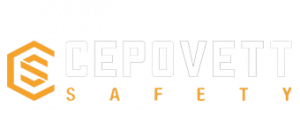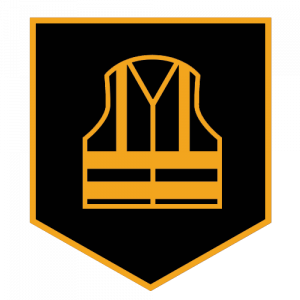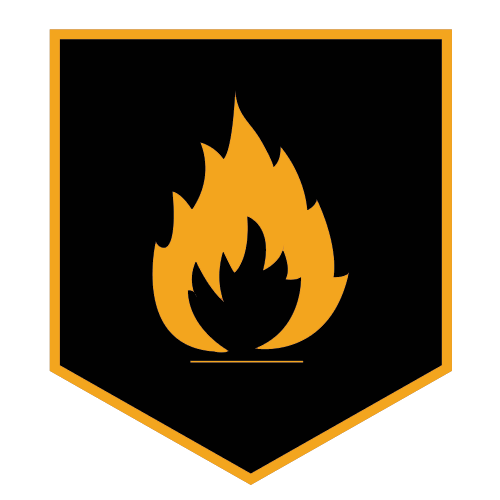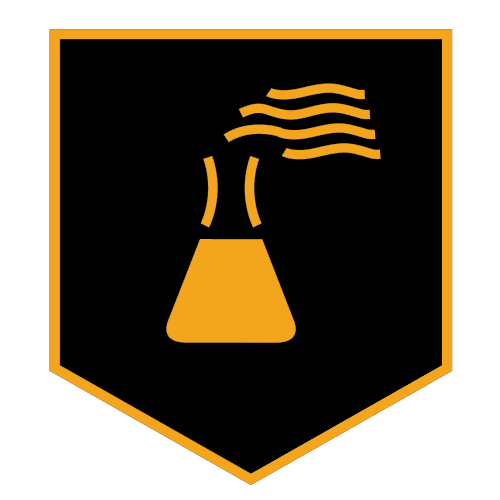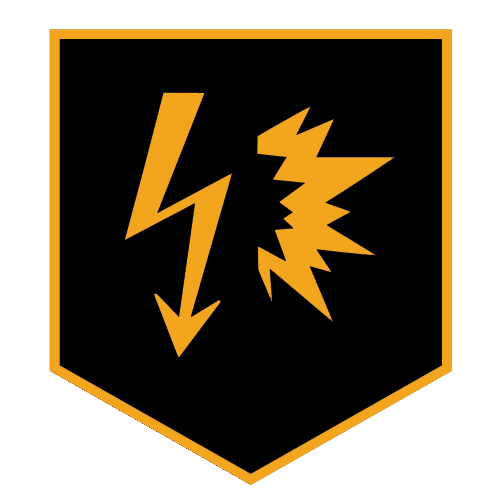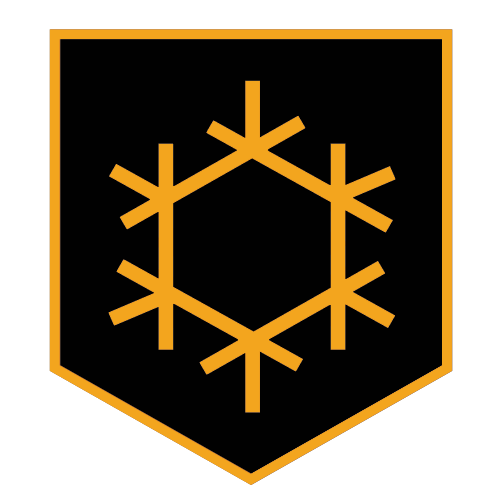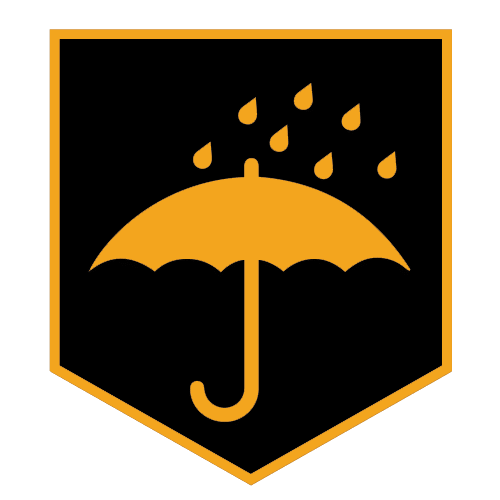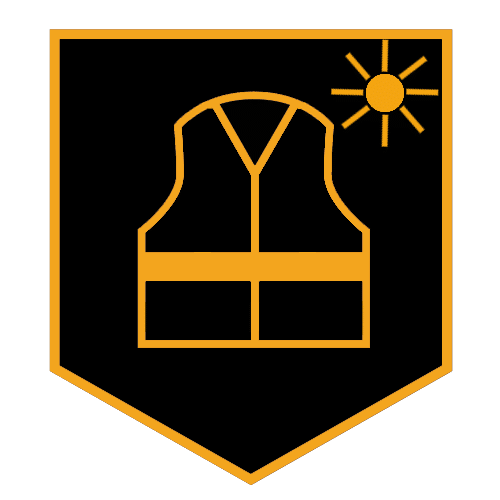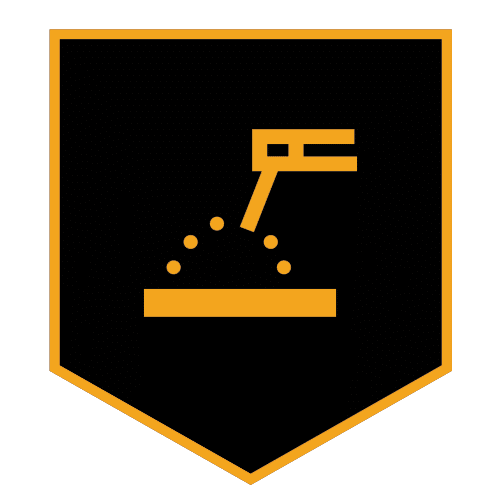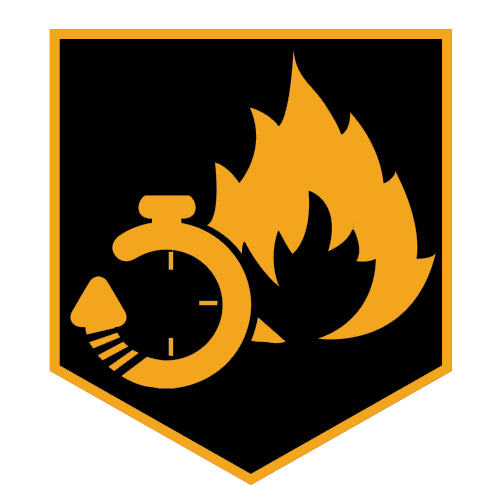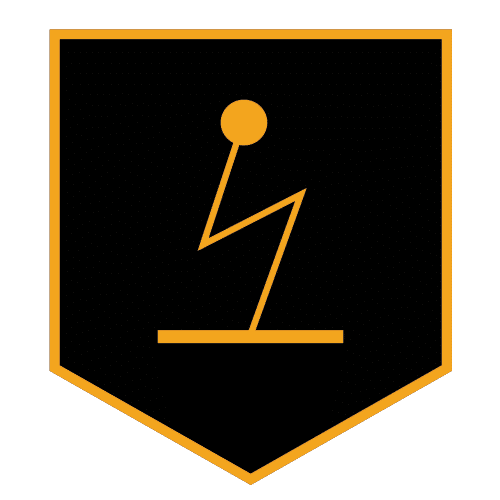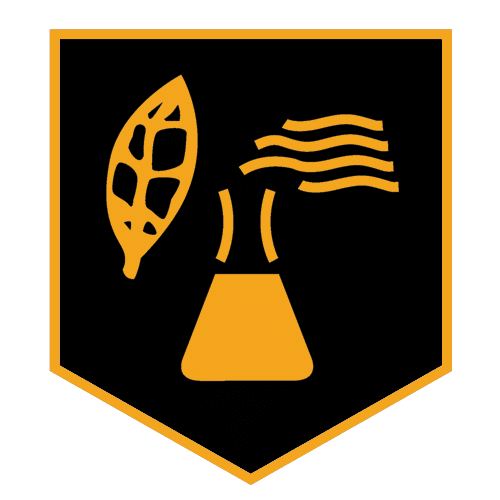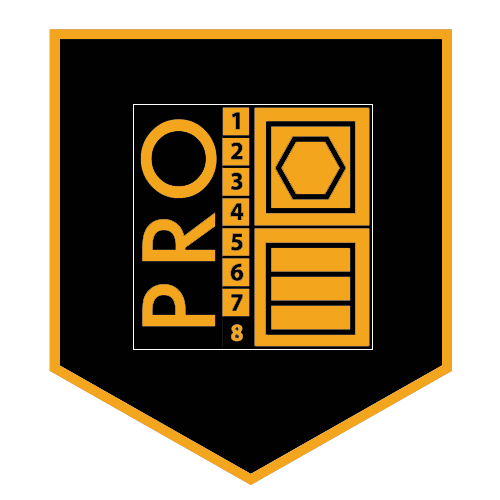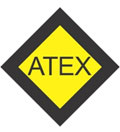EN and ISO standards
Textile standards
The employer’s obligations
Article R.4321-4 of the Labor Code
“The employer shall provide workers, as necessary, with appropriate personal protective equipment and, where the particularly unhealthy or dirty nature of the work so requires, with appropriate work clothing. He shall ensure that they are used effectively”.
Article R.4323-95 of the labor code
“The personal protective equipment and work clothes mentioned in article R. 4321-4 are provided free of charge by the employer, who ensures their proper functioning and maintenance in a satisfactory hygienic condition through the necessary maintenance, repairs and replacements. These provisions do not preclude the conditions of supply of personal protective equipment provided for in article L. 1251-23, for temporary employees.
Article L.4122-2 of the Labor Code
“Measures taken in the field of occupational health and safety must not entail any financial burden for workers.”
Reinforced constraints on safety clothing known as PPE
Article R.4322-1 and 2 of the Labour Code
With regard to PPE, the employer is obliged to ensure that it is maintained in a state of compliance and to replace all deteriorated PPE.
Personal Protective Equipment (PPE) is also subject to a reinforced cleaning traceability obligation. In the event of an inspection, the employer must provide an up-to-date record of the number of cleanings performed on each garment…
